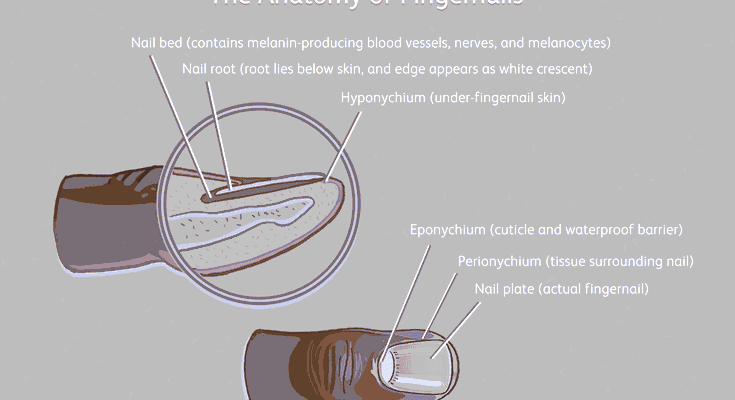- What is a Displaced Nail Body/Plate?
- Evolution of the nail body/plate
- Regrowth of a displaced nail
- Treatment options for a displaced nail
- Surgical repair of a lacerated fingernail
- What Causes Brittle Nails and What is Its Quick Remedy?
- Iron deficiency
- Hypothyroidism
- Improper nutrition
- Water exposure
- Improper nutrition causes brittle nails.
- Curcumin
- Coconut oil
What is a Displaced Nail Body/Plate?
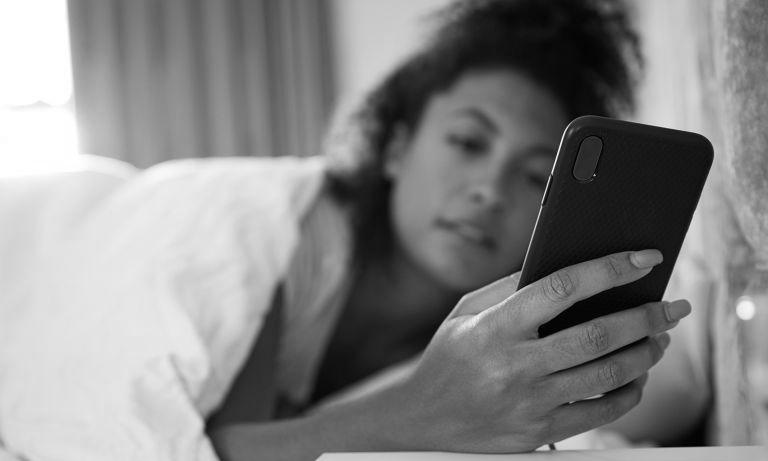
The nail is composed of two main components. The outer portion, called the nail plate, is made of layers of keratin and is rigid and flexible. The bed, a sterile matrix attached to the distal phalanx, provides a smooth surface for the nail plate to grow. The nail plate also expands on the germinal matrix, a soft tissue containing stem cells. Continual division of these cells pushes the nail plate over the bed.
Evolution of the nail body/plate
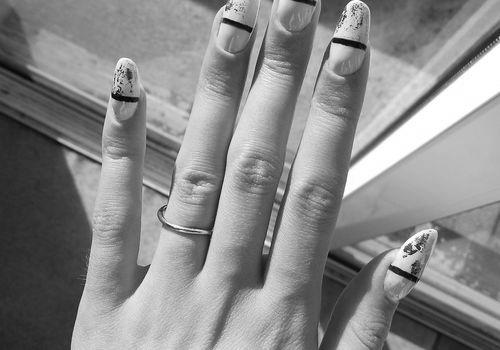
The nail body/plate comprises multilayered lamellae of cornified skin cells. These cells contain keratin, a fibrous structural protein that forms complex, nonmineral structures—the keratin structural matrix by pre-keratin polypeptides incorporated into intermediate filaments. Once cornified skin cells, their nucleus disappears, and their metabolism stops. They undergo programmed death. Intercellular cementing of fibers from dead cornified cells forms a complex structure.
The germinal matrix, also called the nail root, is a living portion of the nail. It is approximately four to nine millimeters long and under the fold of the nail. A distal end called a lunula is visible in some toes and thumbs. The matrix consists mainly of matrix cells, which give rise to the nail plate. This process is continuous along the entire length of the nail.
Biologically, the nail is composed of two parts: the plate and the nail bed. The nail plate is a layer of keratin and several layers of dead cells. The nail plate is solid and flexible but is attached to the nail bed via longitudinal grooves. These grooves become more visible as the nail ages—this nail area makes nail removal very painful.
Besides the nail plate, the nail matrix is also composed of a thick layer of epithelium called the hyponychium. This layer connects the nail plate to the fingertip. It also helps the nail to retain its shape and strength. In addition, the hyponychium also contains an avascular area called the. These layers are crucial for protecting the pin and preventing onycholysis.
The proximal end of the nail plate has a whitish crescent-like depression called the lunula. This depression is not attached to the underlying nail bed. The primary function of the nail is to protect the terminal part of the toes. The front edge aids in the manipulation of small objects and scratching. And the nail plate can be used as a biomarker to identify recent health problems.
Regrowth of a displaced nail
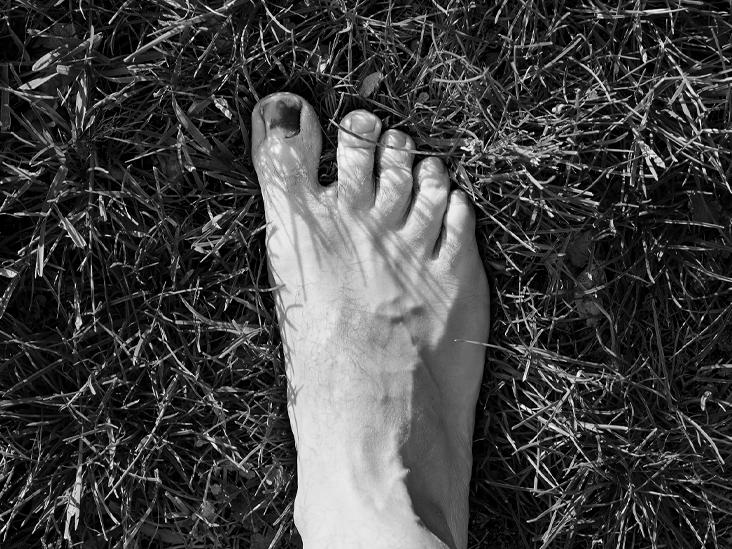
The cause of displaced nail body/plate is often unclear. However, there is some evidence that trauma, such as an injury, can temporarily interrupt the nail plate and lead to Beau’s lines. Such lines often occur on multiple nails and progress distally as the nail plate grows out. Systemic disease and trauma are the most common systemic precipitants, and they may respond by toxin ingestion, surgery, or renal failure.
The proximal end of the nail fold is a thin layer of epithelium that is different from the rest of the skin and consists of cornified dead cells. These cells are pale pink, and they retain their nucleus. The rest of the nail plate by the distal matrix also contributes to nail growth. During the initial stages of regrowth, the patient will most likely have an artificial nail.
The first step in regrowing a displaced nail is determining the extent of the damage. It is best to examine the pin with magnification and determine the characteristics of the lesion. If only the sterile matrix is affected, leaving the nail attached to the nail fold is best. Otherwise, separating the fragment from the pin may be necessary, resulting in further injury.
Split or full-thickness nail-bed grafts are the most common options for reconstructing a displaced nail body/plate. Split-thickness or bipedal grafts can be from a healthy finger or toe. The grafted material over the exposed cortex of the distal phalanx. This procedure is most successful when the injury is minor and the flap can.
Split nail-bed grafts may when a displaced nail has pterygium. Pterygium is a scar resulting from injury to the nail bed’s germinal matrix. A split-thick nail-bed graft is usually made of a sterile matrix and sutured to the existing nail bed. A complete repair of the fingernail takes about six weeks to occur.
Treatment options for a displaced nail

The treatment of a displaced nail body may depend on the severity of the problem. In some cases, lacerations may require stitches, while more severe injuries may require nail removal and finger splinting. In the best-case scenario, but some risks with this type of procedure. The body may also result in a deformed nail.
A 44-year-old male with a displaced nail body, the patient was involved in an industrial accident. This injury involved partial avulsion of the nail, soft tissue damage, and a fracture of the distal phalanx. In this case, to stabilize the nail plate and restore its alignment. Afterward, to provide external support. The patient had a reasonable follow-up period.
A health care provider can determine whether there is a fracture or other damage to the nail bed tissue. The doctor may remove the nail and repair the nail bed tissue. He may also make a hole in the nail to drain blood. If necessary, the health care provider will also give the patient a tetanus shot. He may recommend the following treatment options for a displaced nail body:
The treatment of a displaced nail body varies, depending on the specific injury. All nail injuries will require wound care, but specific repair techniques will depend on the type of nail injury. Your doctor may decide to apply an antibiotic to the affected area. In any case, you should follow the instructions carefully. It should be secured if you have an artificial nail until the nail bed heals. Changing the dressing daily will help prevent any infection.
A study published in 2011 reviewed the treatment of 240 patients. Twenty-one of them had single-finger involvement, while thirty-four had two-finger involvement. The affected patients were aged 29 and 37 years old. The most common fingers involved were the middle finger and index finger. The average patient had a displaced nail body in just one finger, but eight had more than one injury. The treatment options for displaced nail bodies depend on the type of injury and the severity of the condition.
Surgical repair of a lacerated fingernail
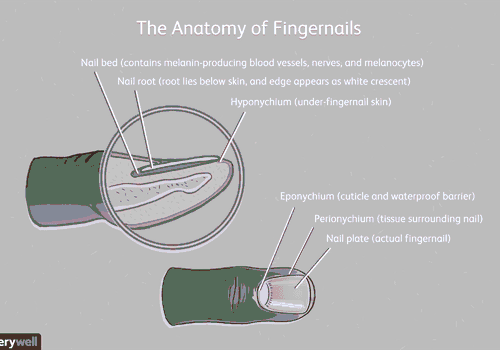
The first thing to remember when you suffer a lacerated fingernail is that there’s no one single “right” way to repair this problem. It would help if you were honest with your doctor about any injuries and underlying medical conditions that may affect the healing process. In some cases, a minor cut on the fingertip will require bandages or local anesthetics. If a severe injury is involved, a doctor may recommend a surgical repair.
A nail injury can occur in any one finger or several fingers, and the pattern of damage depends on the energy and direction of the trauma. The most common injuries are lacerations of the nail matrix or nail bed and subungual hematoma. More complex injuries may also be present, and the final results can be unpredictable. This injury is an immediate emergency and requires accurate knowledge of the nail’s anatomy.
A trial involving four hundred and sixteen patients in 20 centers across the UK is underway to assess the procedure’s effectiveness. The study will include randomizing patients into one of the two groups: either discarding their fingernails or replacing them with a prosthetic nail. The study site will stratify the patients, and randomization will occur online before the procedure. The trial will also assess the cost of subsequent healthcare consultations for the affected fingernail.
The length and type of surgery will depend on the severity of the laceration. Some injuries will require surgery to remove the lacerated nail entirely. Others, however, may be able to be repaired without surgery. However, a deformed nail may develop if the damage is severe enough. Is especially true for injuries to the nail bed, which extends the cuticle to the tip of the finger.
What Causes Brittle Nails and What is Its Quick Remedy?
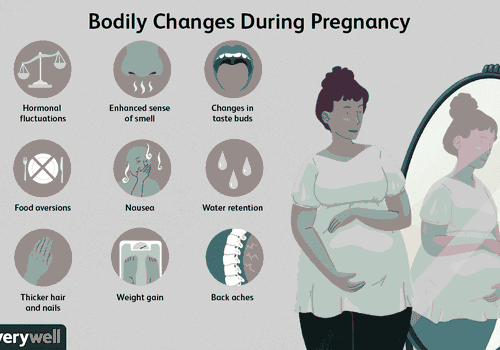
What causes brittle nails? Improper nutrition and exposure to irritants like nail polish or household cleaners can cause brittle nails. However, nail health can also by internal problems like vitamin deficiency, genetics, or health conditions. In addition, weather conditions can make your nails brittle. Before trying a quick remedy, check whether the causes are internal or external.
Iron deficiency
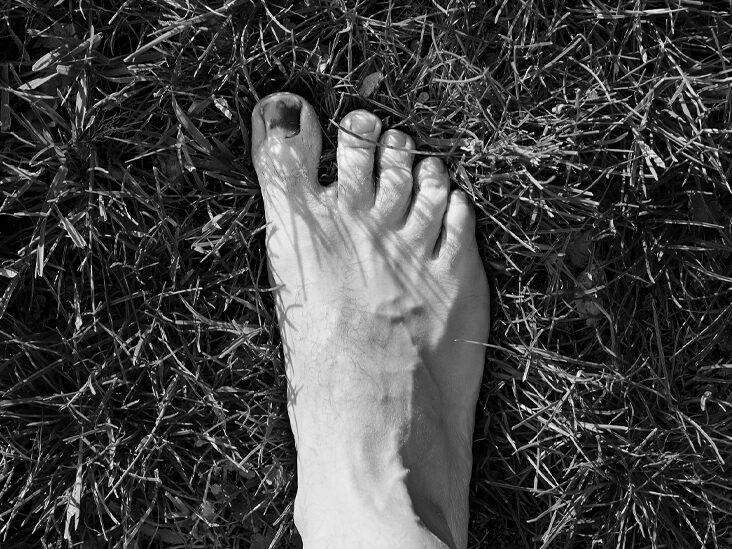
Anemia is a common cause of brittle nails. When an individual is lifeless, the body produces fewer red blood cells. Which, in turn, can cause brittle nails. People who have pale nail problems should take measures to supplement their iron levels. Listed below are some foods rich in iron. These include grass-fed beef, spinach, beans, oysters, and dark chocolate.
Foods high in iron include green leafy vegetables, dried fruits, peas, and beans. Iron-fortified bread and cereals can help patients with anemia. A doctor may prescribe iron supplements to help with the symptoms. In some cases, a blood transfusion may be necessary if the anemia is severe. Otherwise, the best way to treat anemia is to take oral iron supplements.
Apart from iron, other factors may also cause brittle nails. Having too much or too little moisture can damage the nail. Long-term use of nail polish can cause nails to become dry and brittle. Getting older can also lead to brittle nails. Nails may also get thinner and thicker. An iron deficiency can result in low red blood cell production. Supplementation of iron can help with brittle nails.
Hypothyroidism
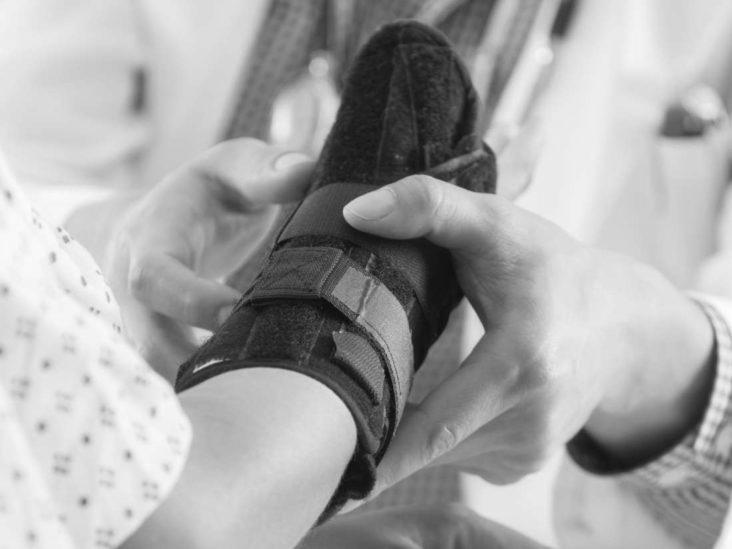
Brittle nails are one of the many symptoms of hypothyroidism, and this condition often makes them look flat and spoon-shaped. Hypothyroidism is also associated with aches and pains, constipation, and weight gain. It can affect your body’s ability to absorb essential minerals. Your body also needs adequate levels of T3, which is responsible for producing healthy red blood cells. Brittle nails are an indication of hypothyroidism and can quickly.
You can try taking a thyroid supplement to address this problem. It can help restore the health of your nails and skin and your hair and skin. Thyroid hormones regulate the levels of other hormones in the body. The brain sends a hormone called the stimulating thyroid hormone (TSH) to the thyroid gland to stimulate TSH production. TSH can also signal the thyroid gland to relax and produce less hormone.
If you’ve tried everything else and still can’t find a cure for your brittle nails, it’s time to visit your doctor. You may be suffering from a condition known as Raynaud’s syndrome. This condition affects the blood vessels of the extremities, resulting in brittle nails. Calcium channel blockers (also known as calcineurin inhibitors) are effective treatments for this condition, but they can also cause problems with your nails.
Improper nutrition
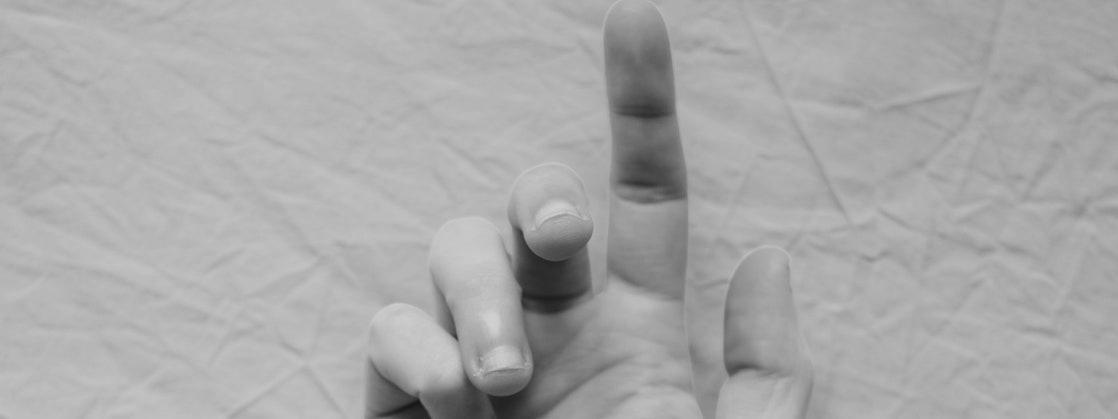
There are many causes of brittle nails. One of the most common is improper nutrition. Improper nutrition can make your nails brittle. Avoid using harsh soaps and detergents on your hands. If you have brittle nails, you should apply fast-absorbing lotion to the area around your fingernails. One highly effective product for this problem is L’Occitane 20% Shea Butter Hand Cream. This moisturizer targets the site from your cuticles to the second knuckle. Frequent hand washing can also contribute to brittleness, as the alcohol in hand sanitizers is drying.
There are other causes of brittle nails, including inadequate iron and vitamin B7. Iron deficiency is a common culprit, but there are other causes, including low vitamin A or calcium. Vitamin deficiencies can also lead to brittle nails, although they are rare causes of this condition. With supplements. If you suspect a vitamin or mineral deficiency, see your doctor. A simple change in diet may not cure your brittle nails right away, but it can help them get stronger over time.
Foods rich in magnesium and calcium are also helpful for brittle nails. Almonds are excellent sources of magnesium. Magnesium deficiency can also lead to vertical ridges in your nails. On the other hand, Sunflower seeds contain trace minerals that are vital for the synthesis and production of connective tissue. To prevent brittle nails from forming, eat plenty of almonds and sunflower seeds.
Water exposure

If you’re wondering what causes brittle nails, you’re not alone. Besides exposure to water, brittle nails can also be a symptom of other underlying medical conditions. If you have brittle nails, you may want to check your diet for iron deficiency and your thyroid levels for hypothyroidism. A few simple lifestyle changes may also help.
A simple home remedy is soak your nails in a bath of apple cider vinegar. Coconut oil contains healthy nutrients, but it is also anti-fungal, so it is great for cuticles. You can use a mix of lemon juice and wheat germ oil for a more effective soak. Be sure to soak your nails in the solution for about 10 minutes, as it is known to have healing effects.
Diet also has a significant impact on nail strength. In addition, appropriately. And make sure you oil your cuticles regularly. Finally, drink plenty of water to keep your nails strong and healthy.
Improper nutrition causes brittle nails.
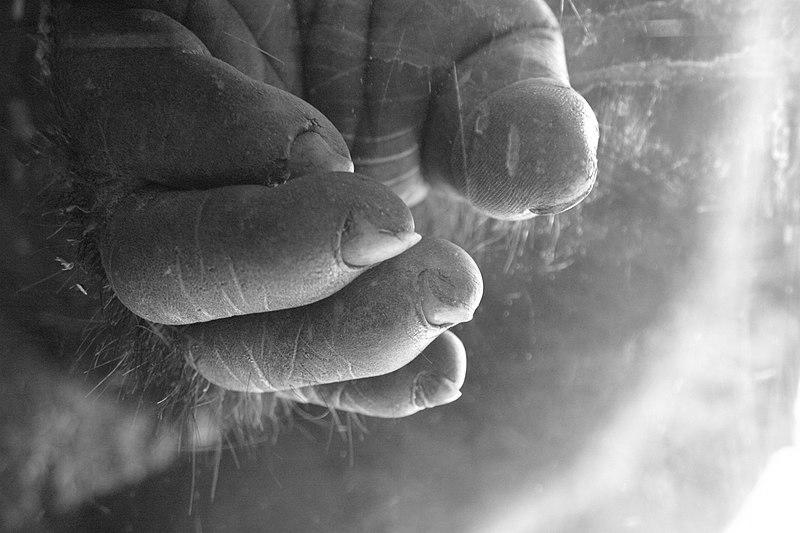
You can’t be too careful with your diet, or you may find that you have brittle nails. There are several causes of brittle nails, including improper nutrition, overdoing it at the nail salon, or age. But regardless of the reason, it can be a symptom of a nutrient deficiency. Listed below are some of the most common culprits.
The first step is to visit a medical professional and get your nails checked out. A medical professional can look at your nails, consider your overall health, and run appropriate tests. In some cases, brittle nails may result from an iron or calcium deficiency. You may also notice that the white spots on your nails indicate that you have a high sugar level. To avoid these white spots on your nails, you should limit your intake of high-glycemic foods.
A lack of protein in your diet can cause brittle nails. Biotin is a vitamin that can make nails stronger by strengthening the protein layers beneath the skin’s surface. Egg yolks and whole grains are excellent sources of biotin. A lack of cysteine, an essential amino acid, can cause brittle nails. If your nails aren’t getting the proper nutrition, you should add more meat, eggs, fish, nuts, and whole grains to your diet.
Curcumin

One home remedy for brittle nails is to massage the cuticles and nails with jojoba oil. Leave this on overnight to strengthen the cuticles and nails. Applying avocado oil regularly to brittle nails can also help support them to the cuticles for a more natural treatment. Consider using this home remedy to get stronger cuticles and nails if you have brittle nails.
Another quick remedy for brittle nails is to apply biotin to your nails. Biotin is a vitamin that helps regrow healthy nails. Alternatively, you can apply a blend of jojoba oil and tea tree essential oil to your nails and cuticles. For best results, use the mixture at night before bedtime and leave overnight. If you don’t have access to jojoba oil, try applying a jojoba oil and honey mixture to your cuticles and nails. This solution should keep your nails and cuticles moisturized and soft.
Shea butter is another effective remedy for brittle nails. It contains omega-3 and omega-6 fatty acids, which work to stimulate the nail bed cells and prevent them from drying out. Flaxseed is also a great source of omega-3 and omega-6 fatty acids. It helps keep the nail bed moist, and it also protects it from damage by fighting off fungus.
Coconut oil
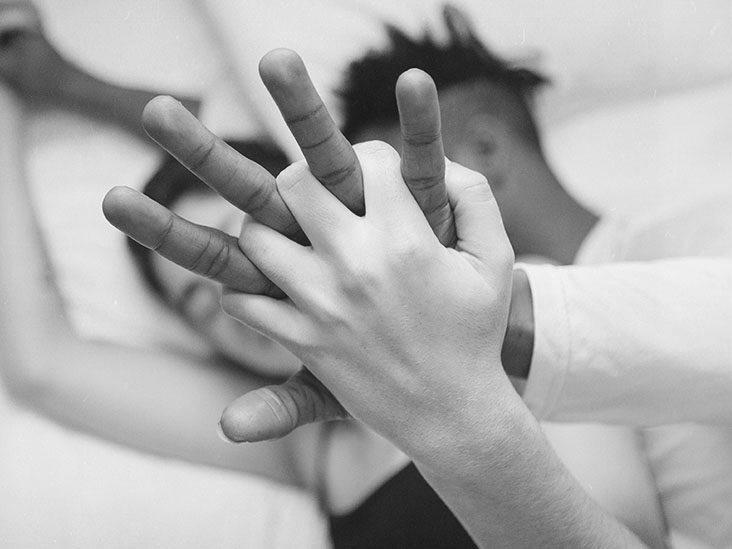
Apple cider vinegar is a natural wonder food containing high concentrations of vitamins and minerals. Apple cider vinegar strengthens the nails and pushes back the cuticles. This remedy is effective in treating fungus and infections that by cracked nails. Another natural treatment for brittle nails is applying a mixture of apple cider vinegar and warm water to the nail beds. Leave the mixture on the nails for at least 10 minutes each day, and you should notice a visible improvement.
Lemon juice, jojoba oil, and sea salts are effective remedies for brittle nails. Lemon juice contains antioxidants that can strengthen brittle nails. Mix them and soak your hands in the solution for 10 to 15 minutes. After rinsing, you can apply a hand cream to moisturize your hands. If lemon juice is not available, you can try adding a few drops of lavender oil to your hand cream.
A tea mixture containing lemon juice and coconut oil is another effective remedy for brittle nails. Mix one teaspoon of the two ingredients and apply the mixture to the nails and cuticles. After leaving the oil on, gently massage the nails and cuticles. Twice a week. To keep your nails healthy, you should avoid soaking your hands in water for several weeks before applying it to your nails.
